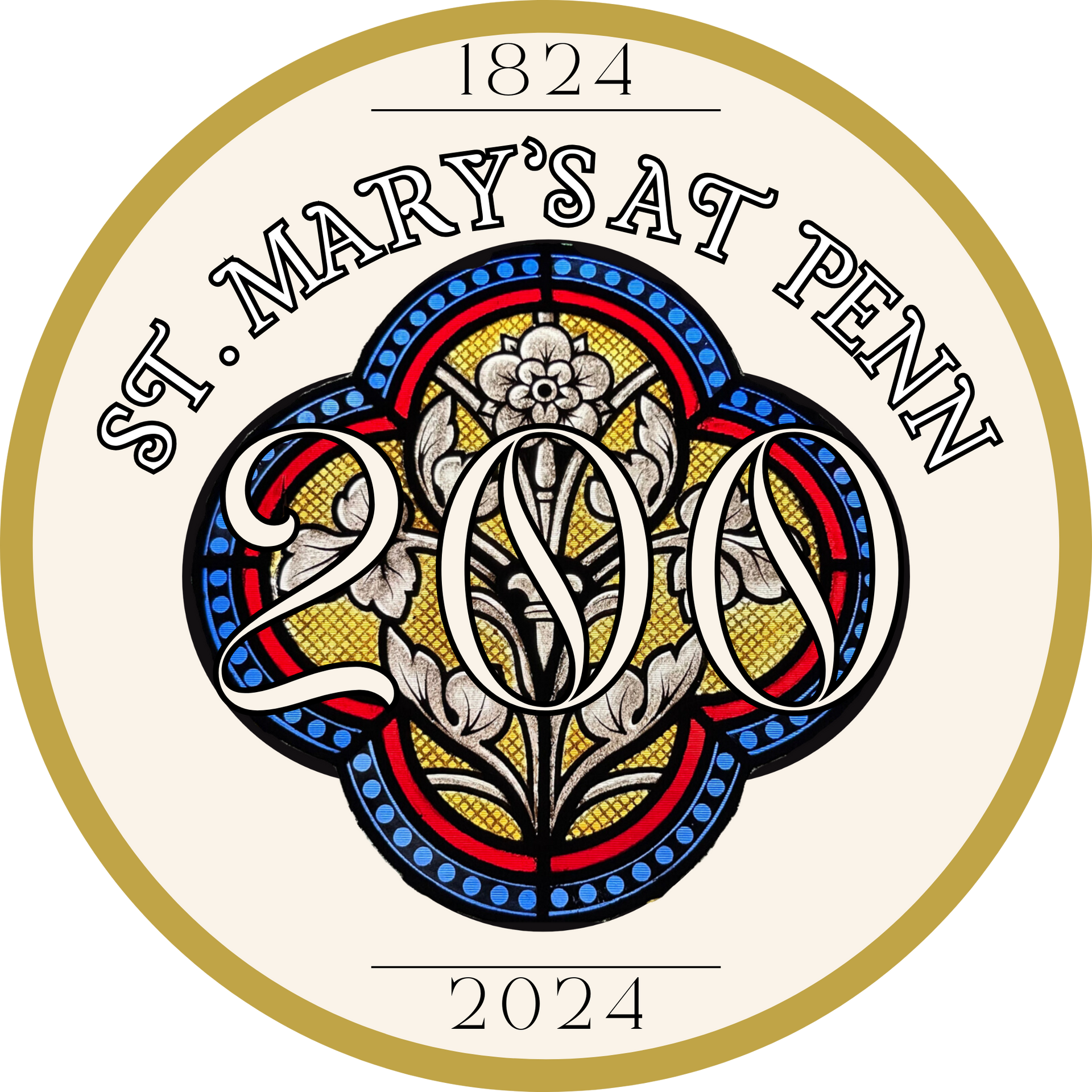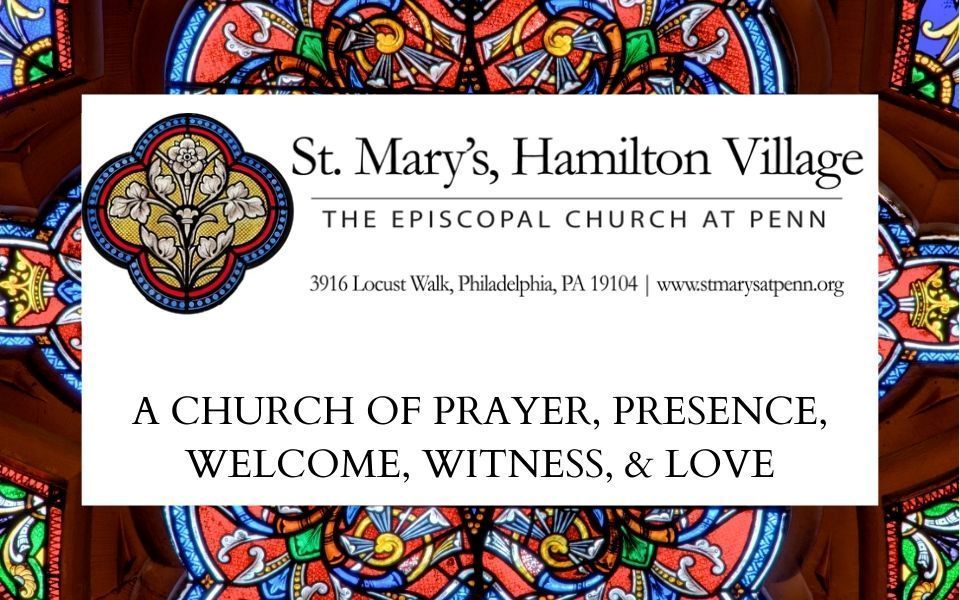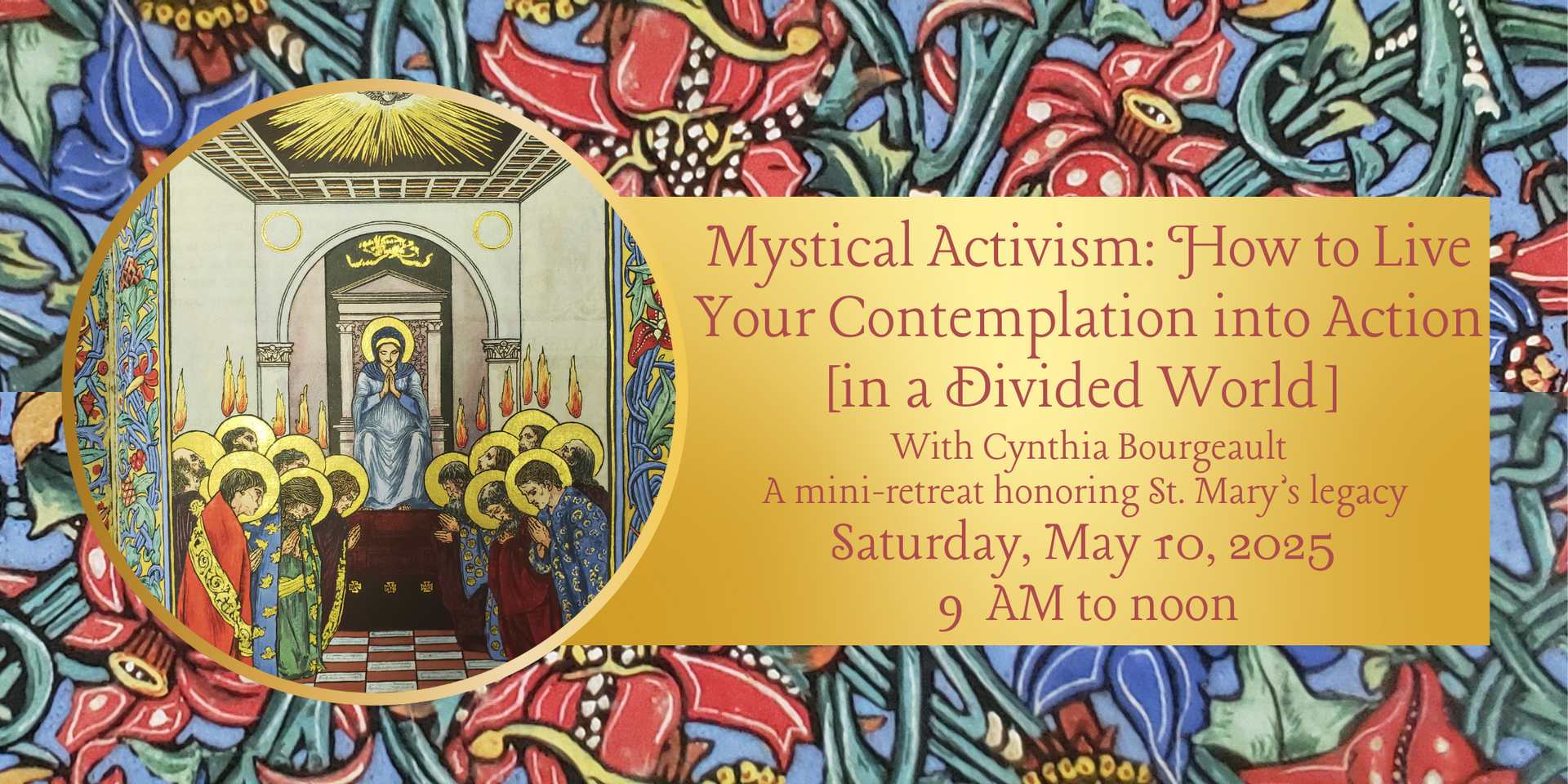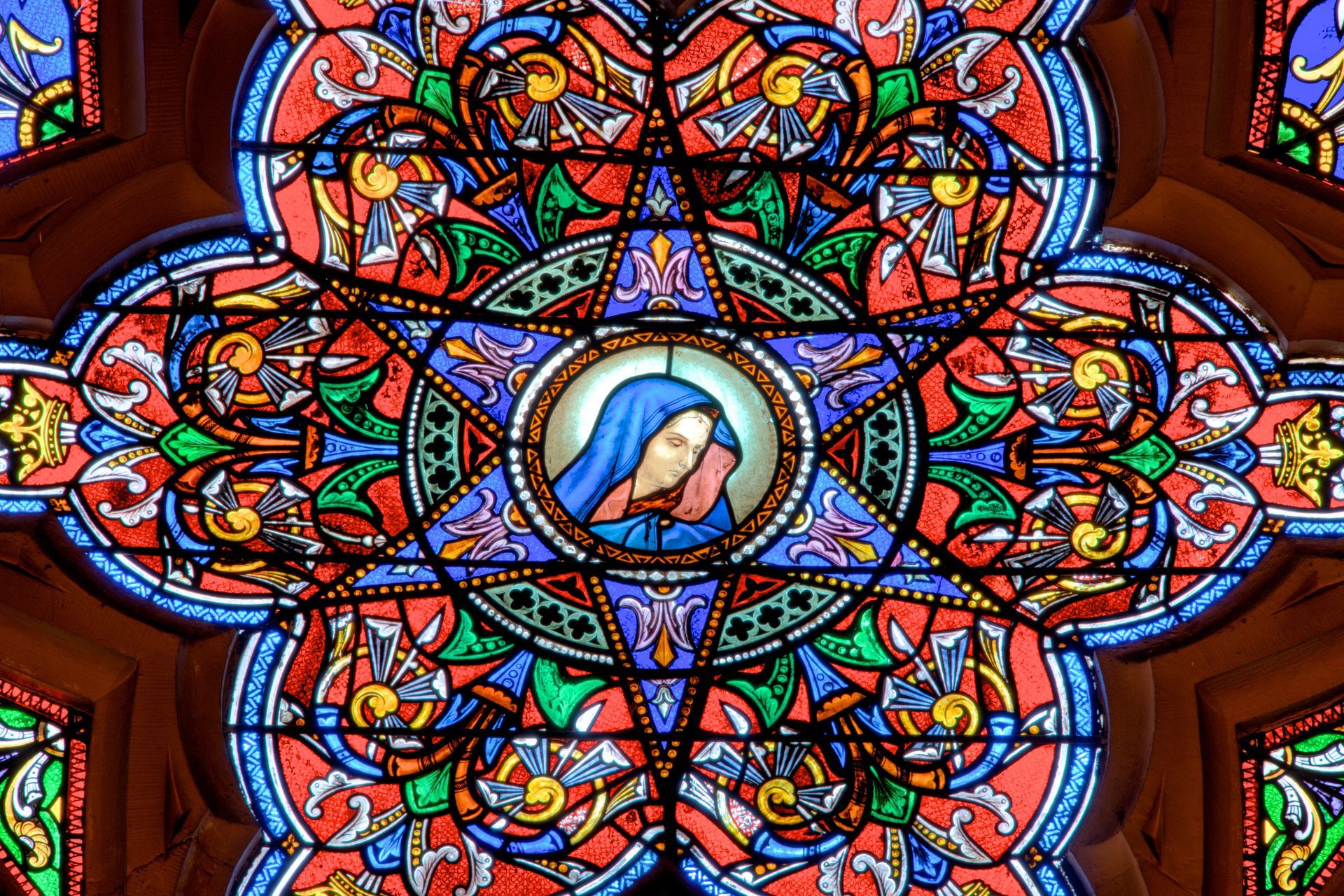
IT'S OUR 200th BIRTHDAY!
St. Mary's will be hosting concerts, theatrical performances, activist panels, worship services and
more
from May 19th, 2024 through June 8th, 2025!
All are warmly welcome to join us!
For the continuously updated calendar of events and to RSVP,
visit our official EventBrite page by clicking the button below!
Come be inspired in your faith and action, with modern mystic, writer, speaker, and internationally renowned contemplative leader, the Rev. Dr. Cynthia Bourgeault. A Penn and St. Mary's alumna, Cynthia will address the pressing question of our time. How do we live a life radically obedient to the Gospel of Jesus Christ, loving God and our neighbor?
Cynthia will lead an interactive, practice-based workshop blending mystical and monastic practices with profound social action. Cynthia will draw on insights from mystical activism, Franciscan spirituality, and the life and witness of Fr. John Scott, long-time rector of St. Mary's in the midst of the tumultuous 60s and 70s. All will be inspired to apply this wisdom in the current divided world, with radical courage, gospel compassion, justice, and hospitality.
Opportunity for conversation, with refreshments provided.
Sponsored by the Philadelphia Theological Institute. Co-sponsored by the Episcopal Diocese of Pennsylvania, the Schuylkill Deanery of the Episcopal Diocese of Pennsylvania, UCity Penn Collaborative Ministries, the African Episcopal Church of St. Thomas, the Philadelphia Episcopal Cathedral, the Church of St. Andrew and St. Monica, University Lutheran, Tab UCC, and the Christian Association at Penn.
How Did St. Mary's Come to Be?
Between 1850 and 1900, more than 100 neighborhood houses of worship were built in West Philadelphia. St. Mary’s owes both part of its name and its location to William Hamilton, a distinguished member of a once-famous Philadelphia family that owned a large tract of land in the open country beyond the Schuylkill. The core of this property remains as the Woodlands Cemetery, located a half mile south of the church on Woodland Avenue. In 1808, William set aside two pieces of land in the newly developed “Hamilton Village” to provide sites for an Episcopal church and a Presbyterian one. The church was named “St. Mary’s” to honor both the Mother of Jesus and William Hamilton’s mother, Mary Till.
How Old is the Church Building?
On July 6, 1824, the cornerstone for the original church was laid by Bishop William White, and on the June 16, 1827 Bishop White came back for the consecration. By 1871 the congregation had grown so large that it needed a much larger building. Around that same time, the University of Pennsylvania moved west of the Schuylkill River, encompassing Hamilton Village and St. Mary's. The church building was completed in 1874.
What Can I Learn about St. Mary's
Architecture and Design?
The architect of our present church building was the University of Pennsylvania's first Professor of Drawing and Architecture, Thomas W. Richards, who also designed most of the oldest buildings on UPenn's campus. It is an excellent late Victorian example of the neo-Gothic standard that dominated American church architecture for the last half of the 19th and first half of the 20th century.
The sanctuary is cruciform in shape, and the church’s High Altar “faces” East towards Jerusalem. The High Altar was designed by the Rev. J. Bloomington Wetherill and Sir Edward Burne-Jones and created in Rome as the Italian exposition piece for America’s Centennial in 1876. The marble altar and reredos (screen behind the altar) are covered with mosaic images representing the Birth, Crucifixion, and Resurrection of Christ, composed entirely of tiny pieces of tinted glass and rare minerals. The central image of Christ on the cross is a mosaic rendering of a painting above the altar of the Basilica San Lorenzo in Lucina in Rome. In 1890, the sanctuary was redesigned to accommodate an altar donated by William Henry Wetherill.
There are three side chapels, St. Philip’s and St. Hilda's (north side) and All Saints (south). St. Hilda's was the baptistry containing a marble font. Early in the 1970's the ornate brass font cover and some of the brass in the church had been stolen, so there was concern to protect the church from theft and vandalism while allowing people to use the church for prayer and meditation throughout the day. In 1976, the City of Philadelphia replaced the 1901 Gray’s Ferry Avenue bridge with a modern highway bridge. Charles Kapps, a parishioner, realized that the demolition of this bridge provided a way to separate the baptistry and the nave in an attractive manner and was able to rescue sections of the railing grillwork. Marcia, his wife and a professional artist, designed the additional sections, and Charlie, a Temple professor of computer engineering and a welder, constructed them with the help of Keith Richards and others. Charlie went on to become a priest.
The church windows comprise a fairly comprehensive history of English and American stained-glass artistry, including the
Palm Sunday Panel in All Saints' and the
Rose Window on the west side of the sanctuary.
What is St. Mary's History of Advocacy?
St. Mary's has a long history of social justice advocacy: From fighting for the rights of the Black community during the Civil Rights Movement, to providing sanctuary for Vietnam War protestors, to calling for LGBTQIA+ rights, to supporting the ordination of women, to hosting weekly meals for the food-insecure of Philadelphia... and much, much more!
God calls us to be a loving, diverse, and inclusive Christian community working for a world of compassion and justice. In everything we do, we strive to be grounded in worship and prayer. We invite and welcome all God’s people to St. Mary’s in the name of God: Creator, Son, Holy Spirit.



